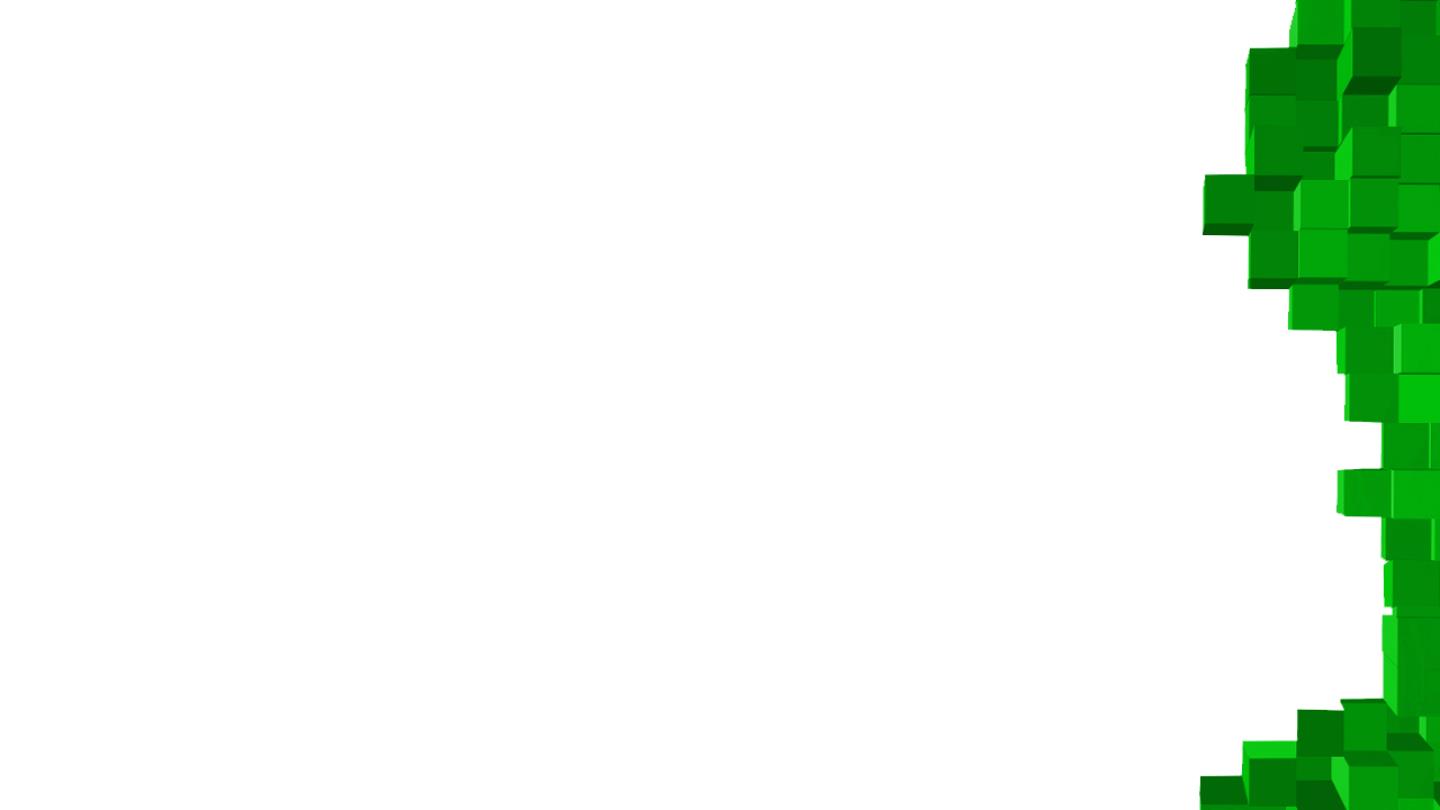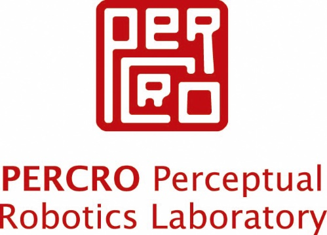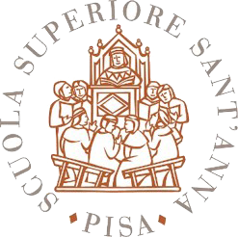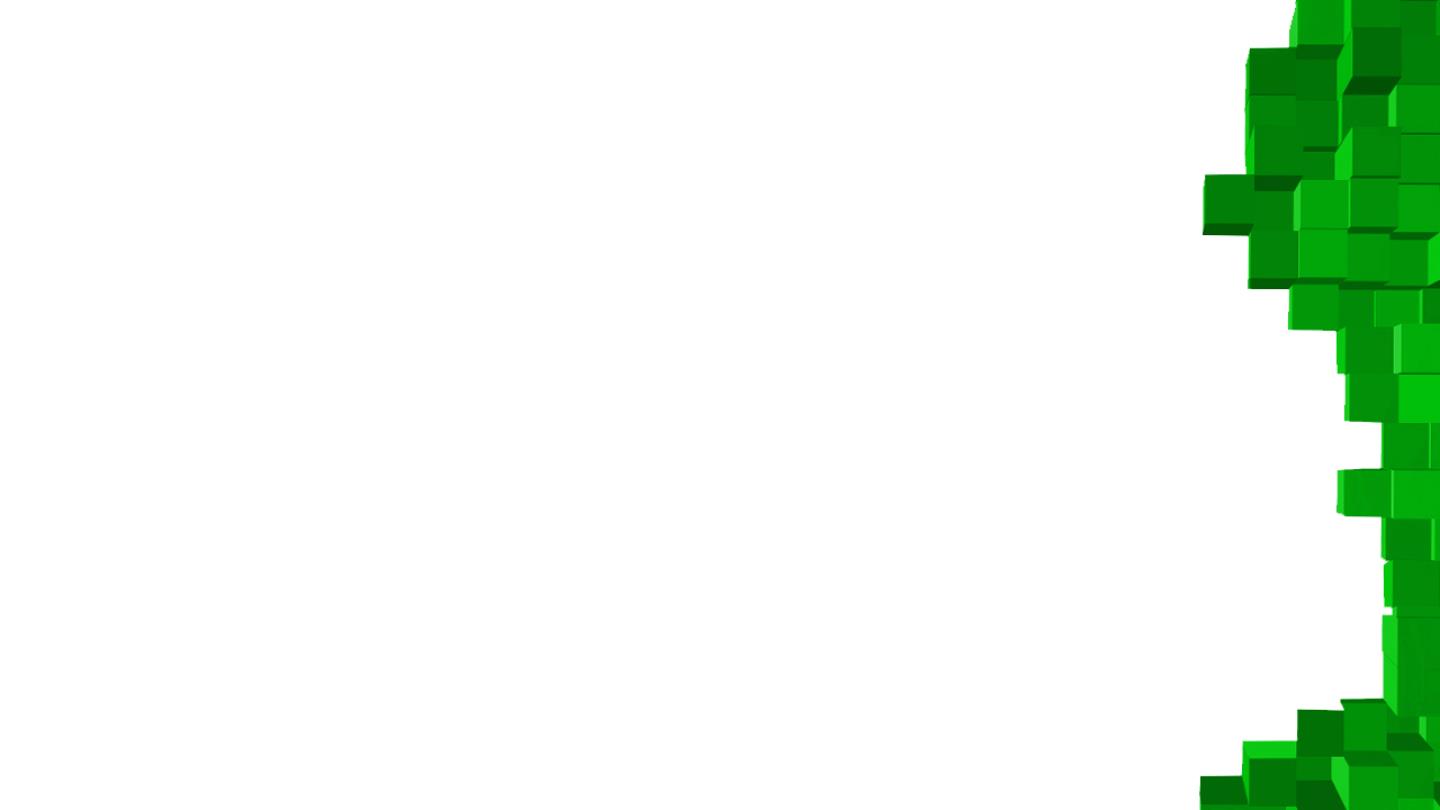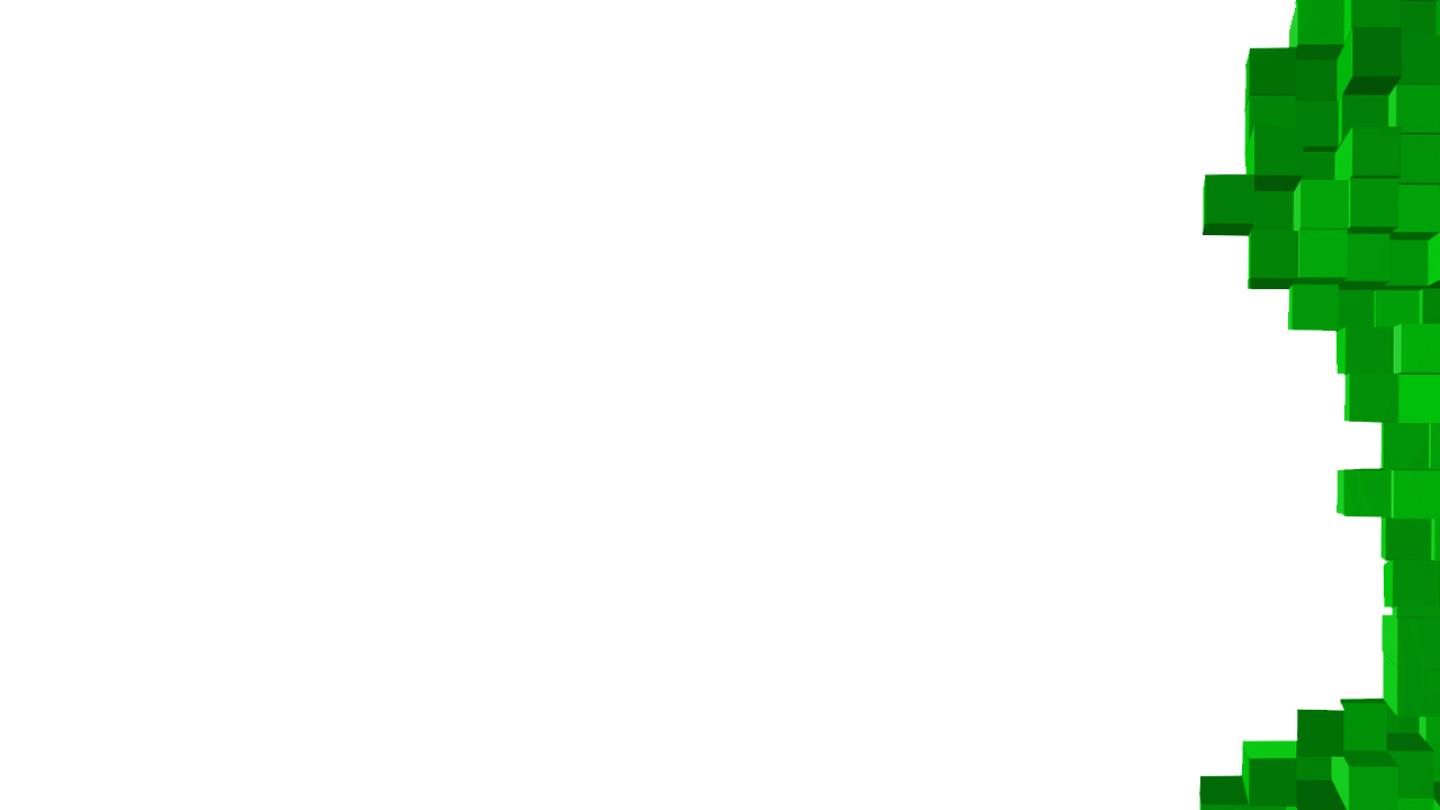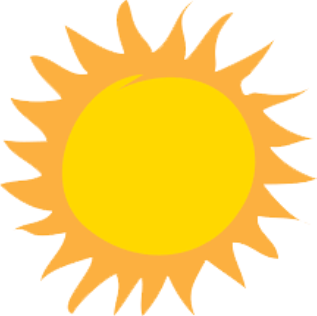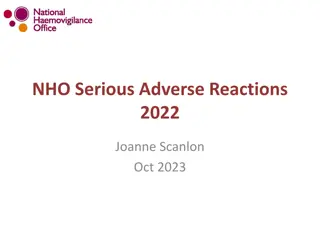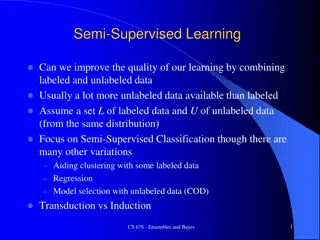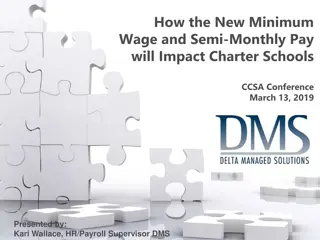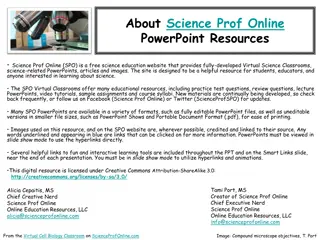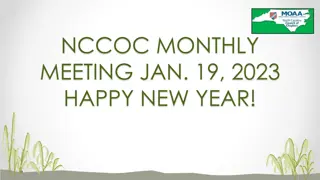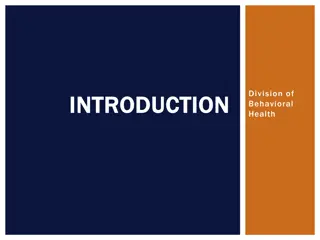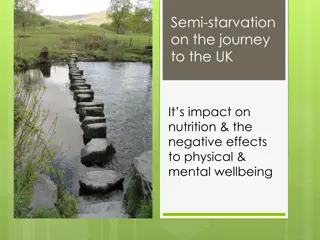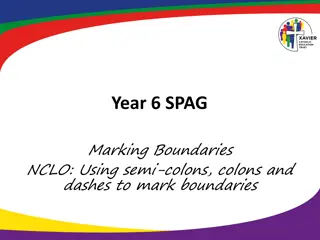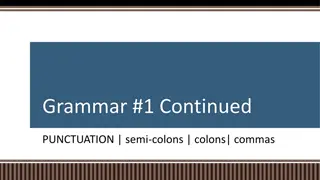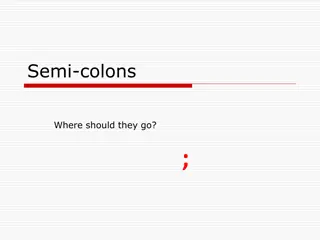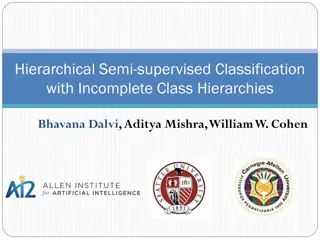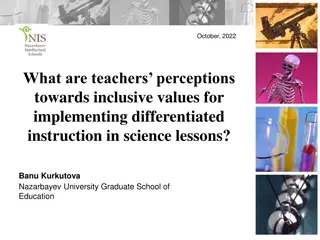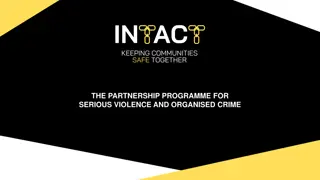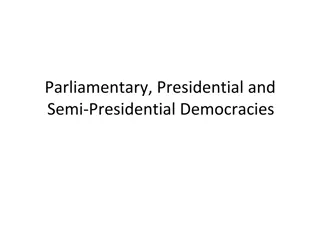A (Semi) Serious Introduction to Science!
The fundamentals of science, including asking the right questions, finding the right answers, and eliminating biases. Learn how to write a paper and navigate peer review. Get ready for an educational and entertaining lecture!
Download Presentation

Please find below an Image/Link to download the presentation.
The content on the website is provided AS IS for your information and personal use only. It may not be sold, licensed, or shared on other websites without obtaining consent from the author. Download presentation by click this link. If you encounter any issues during the download, it is possible that the publisher has removed the file from their server.
E N D
Presentation Transcript
A (SEMI) SERIOUSINTRODUCTION SCIENCE! Speaker: Riccardo Galdieri
About me 3rd year PhD Student in Emerging Digital Technologies at Scuola Superiore Sant Anna (Pisa, Italy) Visiting Staff at BUas! Currently working with Mata and Thomas on understanding how players interact with virtual environments. This means we re trying to catalogue: Players subconscious behaviours Previous knowledge influence Importance of environmental factors and UI Players relationship with controllers https://rgaldieri.itch.io/escapetower-desktop Helping spread the User Generated Stories (more from Thomas) ugs.guraas.com 3
About me Bachelor Degree in Digital Humanities Thesis on using Markov Chains to perform authorship attribution on fictional characters Master Degree in Digital Humanities Thesis on developing tools to improve museum exhibitions design (huge disappointment) Study abroad experiences: King s College London (2012-2013) National Taiwan University (2014-2015) 4
About me VR expert (or whatever that means) Other research interests: Human-computer interaction, interaction metaphors in immersive virtual environments (VR), digital cultural heritage 5
About me Experienced backpacker (mainly Europe and Asia) Mongol Rally Veteran I was about to put an applicant in the "maybe" pile, when I saw he d led a 100km hike in the Himalayas. The kind of persistence it takes to do a 100km hike in the Himalayas is the kind of persistence it takes to do research. - Matt Might 6
About me Experienced backpacker (mainly Europe and Asia) Mongol Rally Veteran Medieval sword fighter (HMB) 7
What am I doing here today I m here to teach you how to Science! On a theoretical side, we ll see: How to ask the right questions How to get the right answers How to get rid of potential biases On a practical side, we ll see: How to write a paper How peer review works And hopefully we ll have a laugh! 8
How to take this lecture I am not a professor, I will not grade you in any way, nor I will write any report to anyone. Please, PLEASE, feel free to interact with me and ask any question, for as dumb as they may sound to you There are some useful links in the notes attached to this presentation The slides will be available at some point on my website riccardogaldieri.com/teaching For any question regarding your projects and how to handle it from a scientific point of view, we can arrange a meeting! Just reach me at: riccardo.galdieri@santannapisa.it 9
After this lecture I will be more than happy to help you make your research solid. If you have any doubt on your methodology or any of the things we are going to see today, send me an email and we ll try to find a solution! 10
SECTION 1: HOWTO SCIENCE! Science never solves a problem without creating ten more - George Bernard Shaw
What is science Science has a thousands possible definitions: The systematic study of the nature and behaviour of the material and physical universe, based on observation, experiment, and measurement, and the formulation of laws to describe these facts in general terms Science is the study of the nature and behaviour of natural things and the knowledge that we obtain about them The intellectual and practical activity encompassing the systematic study of the structure and behaviour of the physical and natural world through observation and experiment What do these things have in common? 12
Theoretical VS applied sciences You are doing applied sciences, which means that your approach should be more practical Does this mean that you can just build things with a screwdriver and expect people to understand them? (Short answer: NO) A scientist seeks a model to match a physical system, while an engineer seeks a physical system to match a model You are still scientists! Classic research aims to advance knowledge on a specific subject, with little concern for practical benefits in the short term. Applied research aims to achieve PRACTICAL outcomes that are useful to society 13
Theoretical VS applied sciences Good research is always characterized by a rigorous scientific study aimed at advancing knowledge and producing new results that will be useful for the society Andrew Wakefield 14
How to make science There are two important things that we need to make science: Method Principles The method also called the scientific method is used to make your research rigorous and objective The principles also called scientific principles are used to give you guidelines on how to evaluate your research with logics and ethics Make sure you have something to write on, you ll need it! 15
The Scientific Method The scientific method is a process for experimentation that is used to explore observations and answer questions. The scientific method is not set in stone , but is often adapted to the discipline Good luck experimenting on dinosaur fossils As linear as it usually portrayed, the scientific method is ITERATIVE You get good data? Change the hypothesis You don t get good data? Change the experiment 16
The Scientific Method The scientific method starts when you ask a question about something that you observe Your question must solve a new problem* Has anyone ever performed the same experiment? In what conditions? Is your contribution adding something to the current scientific knowledge? The question can refer to the explanation of a specific observation, as in "Why is the sky blue?" but can also be open-ended, as in "How can I design a drug to cure this particular disease?" 17
The Scientific Method What is the question you are trying to answer with your research? 18
The Scientific Method Once you have a well-defined question, ask yourself: How can I potentially find an answer A hypothesis is an educated guess about how things work. It is an attempt to answer your question with an explanation that can be tested. A good hypothesis allows you to then make a prediction: "If ____[I do this] ____, then _____[this]_____ will happen. State both your hypothesis and the resulting prediction you will be testing. Predictions must be easy to measure. 19
The Scientific Method What is your current hypothesis? Is it providing a reasonable answer to your question? 20
The Scientific Method You have a question and an intuition on how to answer it. Build a system that confirms it! If you like what you do, this is supposed to be the funniest part. If you don t, probably the ugliest! The experiment should be BIAS FREE Any possible factor that influence your research must be accounted for and reported (more about this later) You should also repeat your experiments several times to make sure that the first results weren't just an accident Build stuff. Break it. Change something. Break it again! 21
The Scientific Method What experiments are you currently planning? Can you list at least three different variations? 22
The Scientific Method No matter what stage of your project you are at, always gather data! You never know when something will work You should give your data a structure What are the input parameters? What are the environment conditions? What is producing the transformation? What output are you receiving? Mark the project version that has been used to collect each single piece of information you have (including test data) 23
The Scientific Method Have you collected any data yet? Is it well structured? 24
The Scientific Method Making sense of your data is what makes the difference between shallow and a deep research Having opposite results from what you expected is as valuable as having good data Disproving a theory is as valuable as proving it (if not more) If you get a 50% score in any value, you re allowed to cry can anyone tell me why? 25
The Scientific Method What is your data telling you? 26
The Scientific Method When you are done with your project, if you followed the right procedures, you need to let the world know! If you don t publish your experiment, you don t have an experiment There are conventional and unconventional ways to share scientific work Gamasutra is not a conventional scientific channel, doesn t mean that you can t post it there Bad results are also worth being published, if your experiment has followed the scientific method! More about this later! 27
The Scientific Method How are you planning on sharing your results? 28
Do you feel like sharing soemthing you wrote? Especially if you are NOT convinced about it 29
Congratulations! How you have the basics to make science! But this is not enough Can you tell me why? 30
The Scientific principles Congratulations! How you have the basics to make science! But this is not enough The scientific method tells you how to do research, but it does not give you MORAL principles. Most of these have been defined by philosophers Moral, like many other things, is subjective and context-dependent, but in the scientific community is (almost) universal Scientific principles are not universally recognized, but can save you from losing an argument, a grant, or your job! Let s see a few important ones 31
Argumentum ad hominem According to Wikipedia: fallacious argumentative strategy whereby genuine discussion of the topic at hand is avoided by instead attacking the character, motive, or other attribute of the person making the argument, or persons associated with the argument, rather than attacking the substance of the argument itself In simpler words, attacking the person and not the argument DO NOT EVER DO THAT (leave it to politicians) On the Graham's Hierarchy of Disagreement comes just before Name- calling Which means that worse than this, there s only being childish 32
Lets play a game! Let s play a game! We re going to read a few quotes, tell me which one you agree the most with These are not binaries, you can agree with both, one, or none You can also try to guess who is the lovely author of those sentences! (You re going to hate me in a minute) 33
Guess the quote! Words build bridges into unexplored regions Long live the walls we crashed through 34
Guess the quote! Words build bridges into unexplored regions Long live the walls we crashed through 35
Guess the quote! It is true that the Muslim world is not totally mistaken when it reproaches the West of Christian tradition of moral decadence and the manipulation of human life. I believe in one thing only, the power of human will 36
Guess the quote! It is true that the Muslim world is not totally mistaken when it reproaches the West of Christian tradition of moral decadence and the manipulation of human life. I believe in one thing only, the power of human will 37
Guess the quote! The real strong have no need to prove It to the phonies Italy receives the trash from Africa, homeless and beggars all over the street. I wonder why Italy and Europe accept and tolerate the presence of these migrants, that behave like rats that pest the city 38
Guess the quote! The real strong have no need to prove It to the phonies Italy receives the trash from Africa, homeless and beggars all over the street. I wonder why Italy and Europe accept and tolerate the presence of these migrants, that behave like rats that pest the city 39
Guess the quote! By now, there is a chance that you are less inclined to agree with the quotes because you are afraid to agree with people you don t like! 40
Guess the quote! Equality Means Nothing Unless Incorporated Into the Institutions Black people are troublesome, very dirty and live like animals 41
Guess the quote! Equality Means Nothing Unless Incorporated Into the Institutions Black people are troublesome, very dirty and live like animals 42
Guess the quote! Never forget that everything Hitler did in Germany was legal Intelligence plus character that is the goal of true education 43
Guess the quote! Never forget that everything Hitler did in Germany was legal Intelligence plus character that is the goal of true education 44
Guess the quote! Years from now, people will find our acceptance of the HIV theory of AIDS as silly as we find those who excommunicated Galileo. Let me tell you about my trouble with girls. Three things happen when they are in the lab: you fall in love with them, they fall in love with you, and when you criticize them they cry. Perhaps we should make separate labs for boys and girls? The illegal we do immediately. The unconstitutional takes a little longer 45
Guess the quote! Years from now, people will find our acceptance of the HIV theory of AIDS as silly as we find those who excommunicated Galileo. - Kary Mullis, Nobel Prize in Chemistry (1998) Let me tell you about my trouble with girls. Three things happen when they are in the lab: you fall in love with them, they fall in love with you, and when you criticize them they cry. Perhaps we should make separate labs for boys and girls? - Sir Tim Hunt, 2001 Nobel Prize in Physiology and Medicine (2015) The illegal we do immediately. The unconstitutional takes a little longer - Henry Kissinger, 1973 Nobel Peace Prize 46
Guess the quote! Talking about Africa: all our social policies are based on the fact that their intelligence is the same as ours, whereas all the testing says, not really. in 2000, suggesting the skin pigment melanin boosts sex drive: "That's why you have Latin lovers," he said. "You've never heard of an English lover. Only an English patient. some anti-Semitism is justified. Just like some anti-Irish feeling is justified. If you can t be criticized, that s very dangerous. You lose the concept of a free society 47
Guess the quote! Talking about Africa: all our social policies are based on the fact that their intelligence is the same as ours, whereas all the testing says, not really. in 2000, suggesting the skin pigment melanin boosts sex drive: "That's why you have Latin lovers," he said. "You've never heard of an English lover. Only an English patient." some anti-Semitism is justified. Just like some anti-Irish feeling is justified. If you can t be criticized, that s very dangerous. You lose the concept of a free society James Watson, 1962 Nobel Prize in Physiology or Medicine for their discoveries concerning the molecular structure of nucleic acids (DNA) 48
Guess the quote! I think I made my point clear 49
Falsifiability For a claim to be meaningful, it must in principle be falsifiable, that is, capable of being disproven Karl Popper called it the line between science and pseudo-science Falsifiability is NOT the opposite of verifiability Example: All cars in the world are black Verifiability would require you to know ALL cars For falsifiability, you just need a non-black one! Bottom line: do not make claims that cannot be falsified! You should actually encourage people to challenge your assumptions 50

